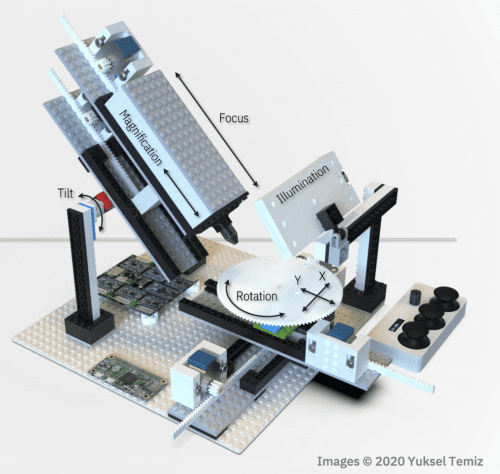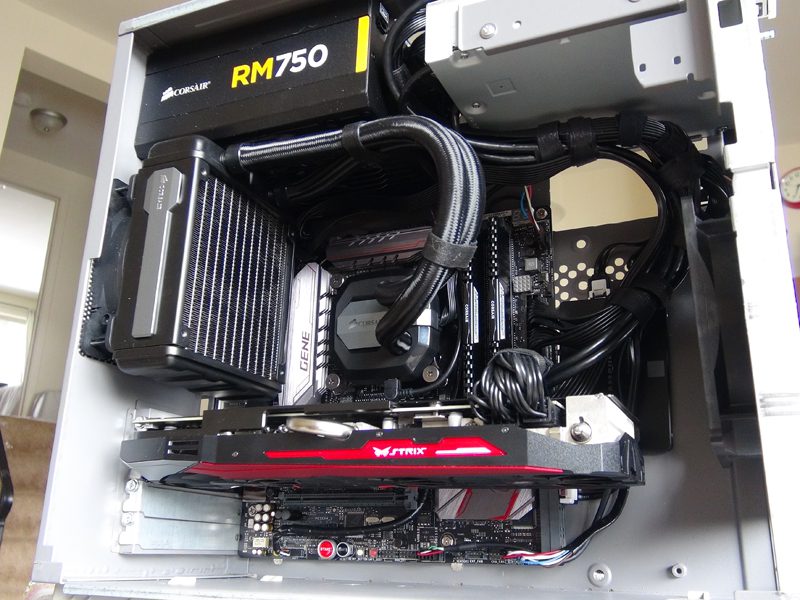Schlagwort: ibm
-

Volunteer your Raspberry Pi to IBM’s World Community Grid
Reading Time: 3 minutesIBM’s World Community Grid is working with scientists at Scripps Research on computational experiments to help find potential COVID-19 treatments. Anyone with a Raspberry Pi and an internet connection can help. Why is finding potential treatments for COVID-19 so important? Scientists all over the globe are working hard to create a vaccine…
-

Raspberry Pi High Quality Camera powers up homemade microscope
Reading Time: 3 minutesWow, DIY-Maxwell, wow. This reddit user got their hands on one of our new Raspberry Pi High Quality Cameras and decided to upgrade their homemade microscope with it. The brains of the thing are also provided by a Raspberry Pi. Key features Raspberry Pi OS 8 MegaPixel CMOS camera (Full HD 30…
-

High-End Gaming Rig Video Review
Reading Time: < 1 minuteAt first glance, this appears to be a ’90s computer, but open up the case, and you’ll discover it’s actually a high-end gaming rig, created by Reddit user „Gilmour509″. [mbYTPlayer url=“https://www.youtube.com/watch?v=v-TkQ7KZcbI“ opacity=“.5″ quality=“medium“ ratio=“auto“ isinline=“false“ showcontrols=“false“ realfullscreen=“true“ printurl=“true“ autoplay=“true“ mute=“true“ loop=“true“ addraster=“true“ stopmovieonblur=“false“ gaTrack=“false“] Specifications include: an Intel Core i7 6700K…


